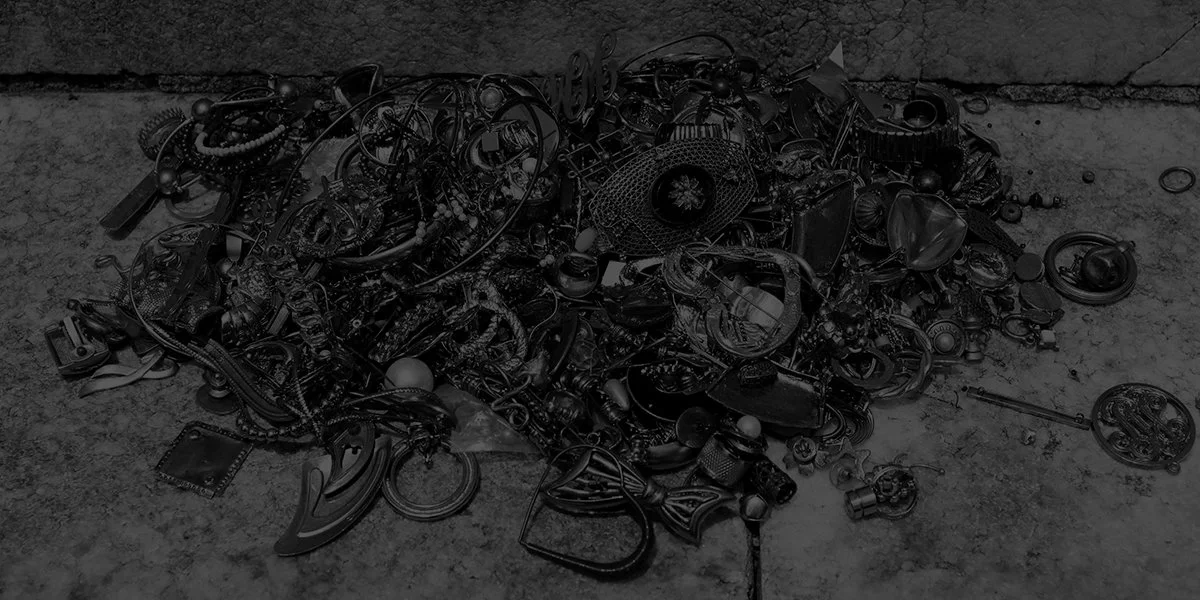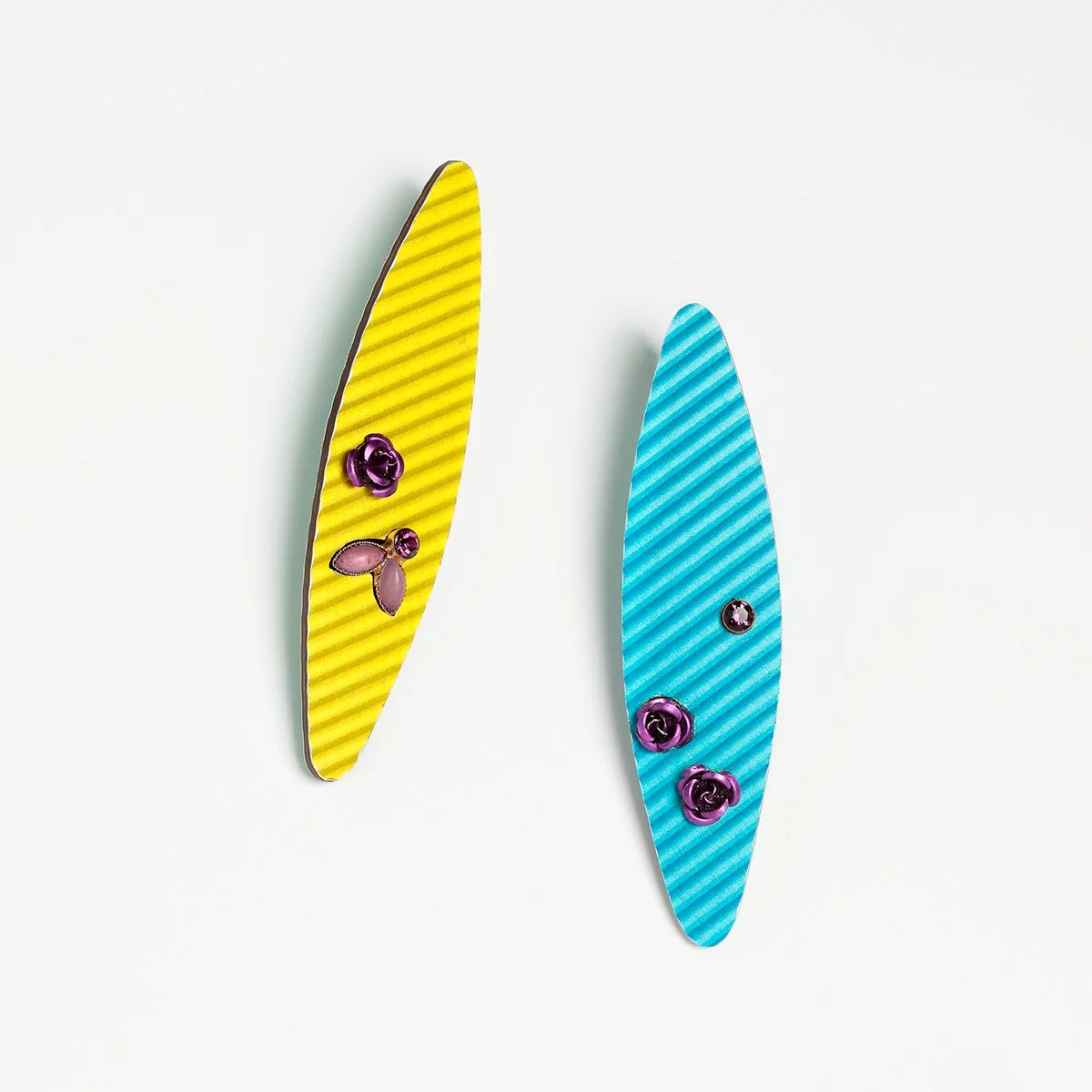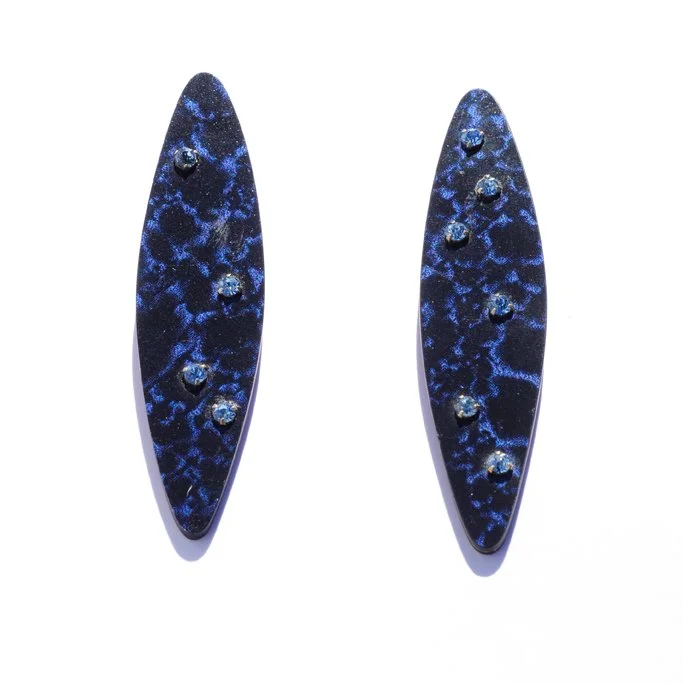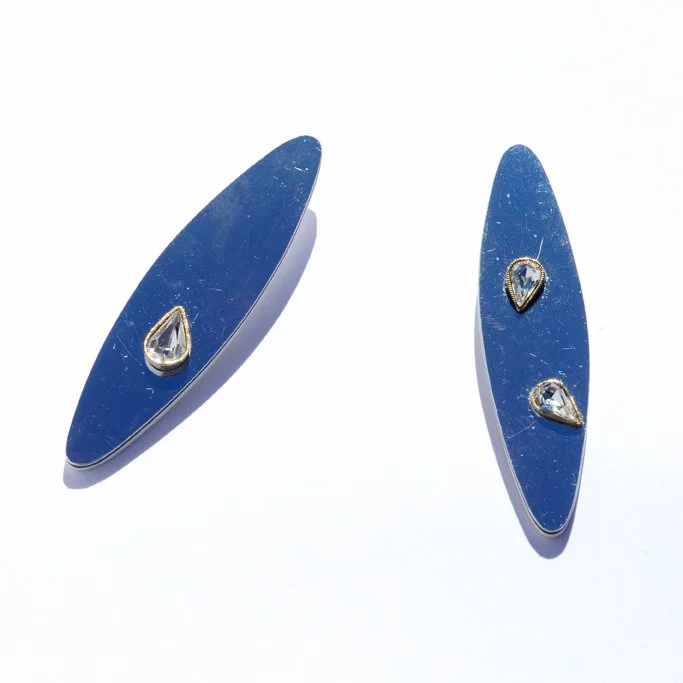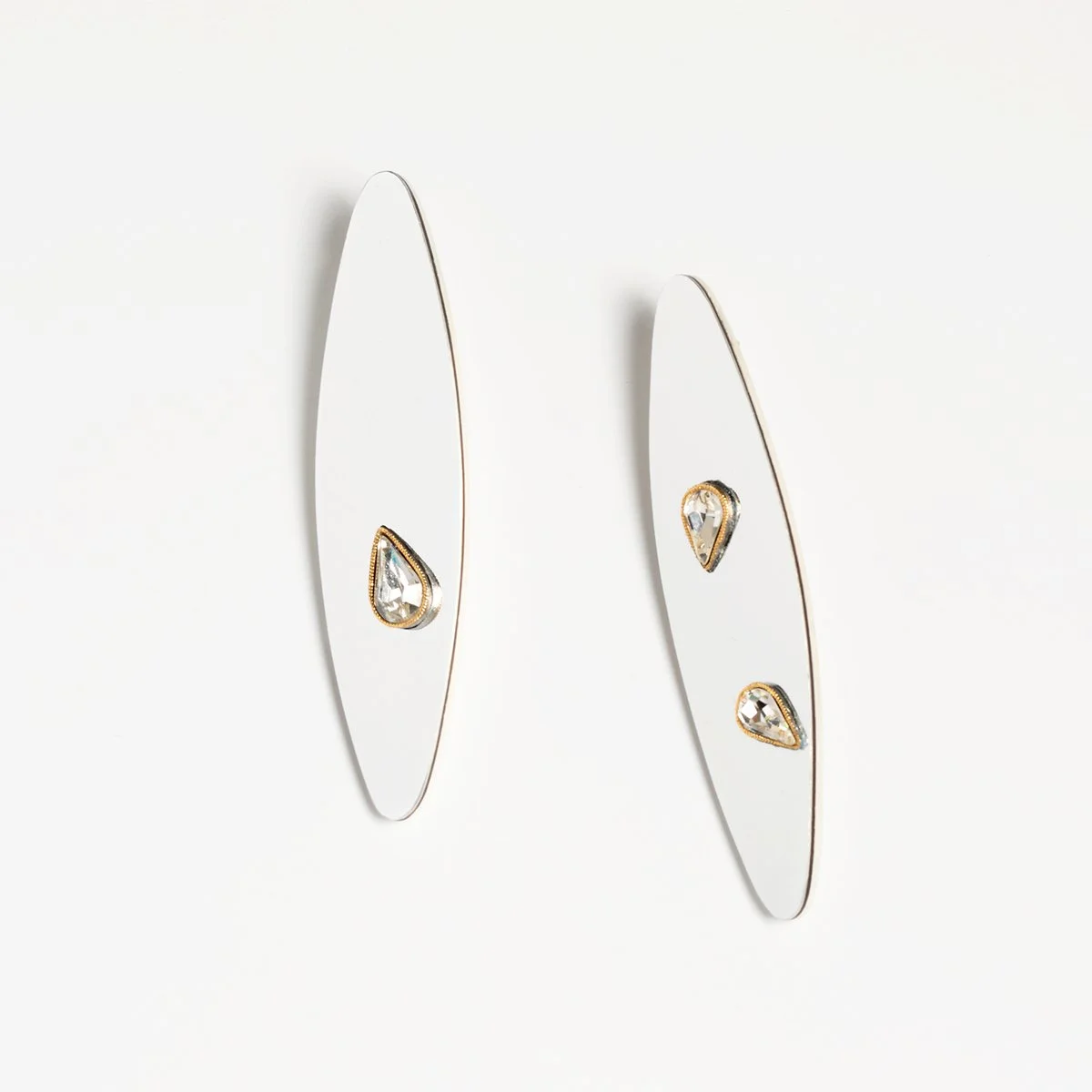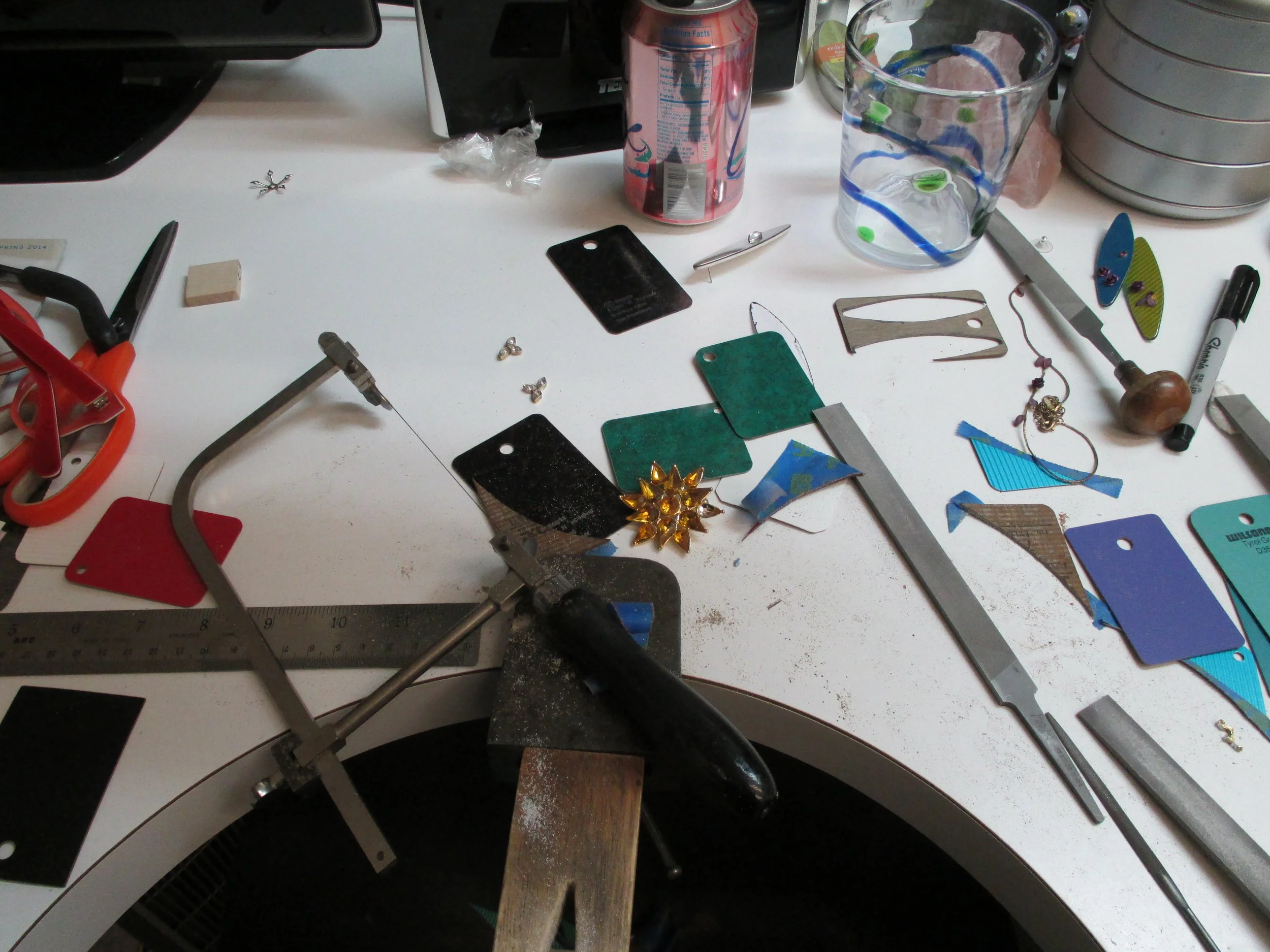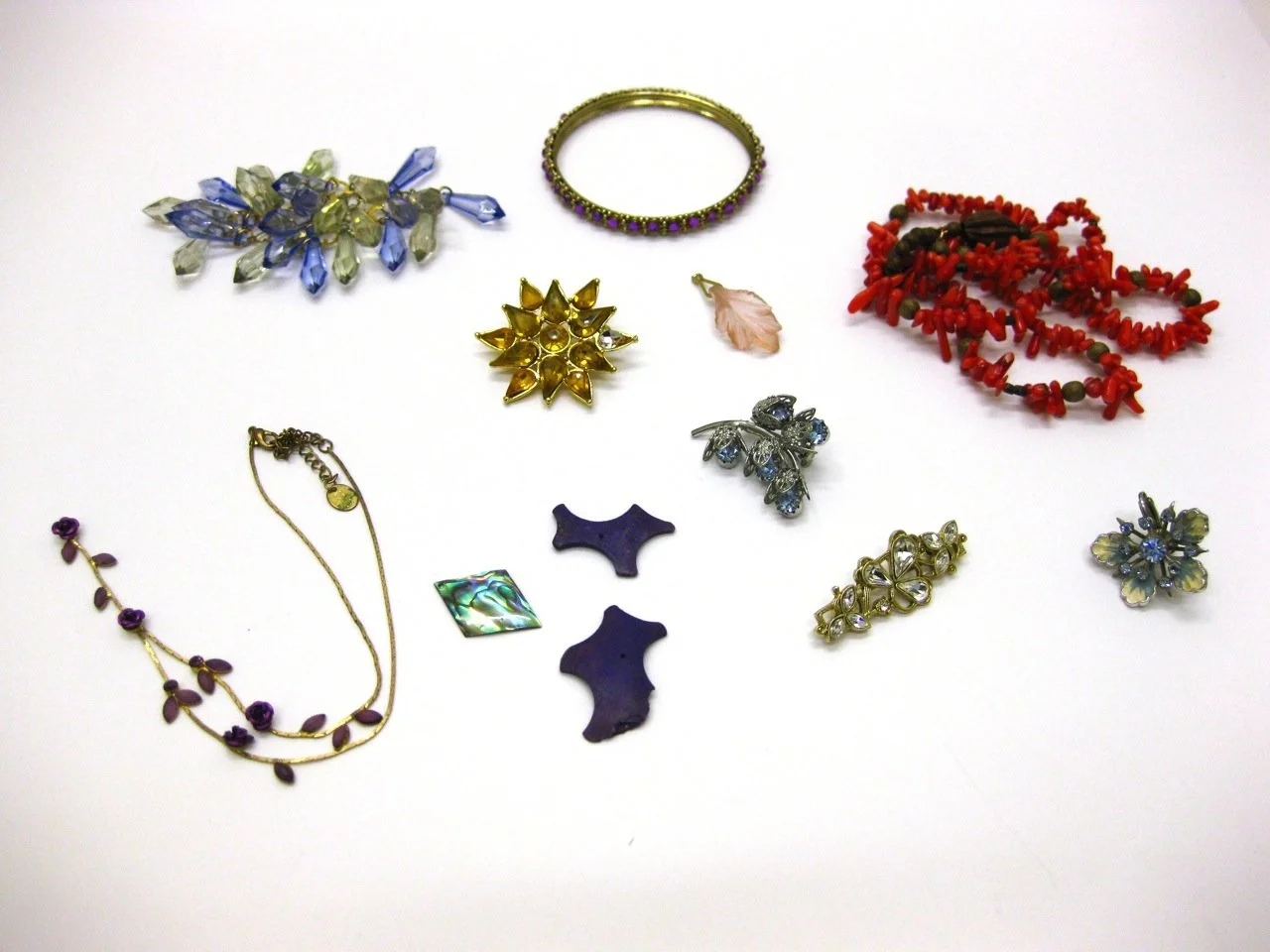Rachelle Thiewes is an artist who creates jewelry that is designed to engage and challenge the wearer, making them an active participant, an initiator of sounds and body rhythms. Light, movement, sound, order and chaos are integral elements of her work. Thiewes’ art is in the permanent collections of the Art Institute of Chicago, Smithsonian American Art Museum, The Metropolitan Museum of Art, The National Museums of Scotland, Victoria & Albert Museum, Museum of Fine Arts Boston, and the Museum of Arts & Design, among others. Her work has been featured in numerous publications including Calder Jewelry, The Art of the Book, Jewellery Moves, One of a Kind: American Art Jewelry, The Best in Contemporary Jewellery, Jewellery in Europe and America: New Times New Thinking, American Craft and Metalsmith. In 2009 she was named “Texas Master” by the Houston Center of Contemporary Craft and in 2010 was nominated for a United States Artist Fellowship. Thiewes is the recipient of a National Endowment for the Arts Visual Artist Fellowship, the University of Texas Regents Outstanding Award for Teaching, and Distinguished Achievement Awards for Research and Teaching at the University of Texas El Paso where she is a Professor in the Department of Art.
How are creative license, personal safety, environment, and social responsibility factored in to your choices?
Safety was not much of a concern for art departments in the ‘70’s. As a young student I soldered on asbestos and worked in non-ventilated studios! We opened windows when casting or working with noxious materials. I spent considerable time experimenting with resins as a student, never once wearing a chemical respirator, goggles or gloves. Consequently for many years now, fumes from glue, resin, paint etc. give me instant bronchial problems. To paint my steel I work closely with a professional airbrush painter in Arizona. It is quite costly however I can’t afford the health risk. My painter is much younger and has always worked in a very safe environment. This factor is important to me.
Safety and environment are not far from my mind when I work in a studio, whether it is mine, or the university where I teach. These are huge issues for university art departments today. Older studios are being retrofitted with better ventilation, material disposal processes and personal safety equipment. This is big change from my student and early teaching days.
How do you weigh what techniques and materials you will use?
It has been eight years since I stopped using gold or silver to make my jewelry. In 2006 I decided to explore color more fully and began working exclusively in steel covered with auto paints. The materials and processes I use in making work have always been concept driven. As a student in the ‘70’s metal was a very small aspect of the jewelry I made. Fabric, thread, leather, resin, glass, shell, paint, accounted for 80% of any given artwork.
How have you been influenced by the project?
Color has been the focus of my jewelry for the past eight years. In receiving my box of recyclable jewelry I decided to challenge myself by using only gemstones found in the jewelry. I’m not much entranced by gemstones and they haven’t been part of my jewelry since my undergraduate days - so definitely a new mindset. But color and light reflection are part of my current work and the gems I selected play off those interests. In my studio I had a box full of colorful and patterned laminate samples in storage from past house projects. No metal, thus no soldering, no forming, just sawing, filing, simple engineering - pretty basic, for me. This was most definitely a more freeing, quick decision working process—a 180 from how I usually work.
Will a jeweler in the future be able to reuse your piece by disassembling or melting down the metal?
Sure, why not? I have spent twenty-five years of my professional career working almost exclusively with silver and gold. Some of my jewelry has been fortunate enough to be placed in museum collections where it will be maintained for years to come. Much of my jewelry however is in the private sector and I have no delusions that all or even most of it will be handed down through family members etc. At some point the silver and gold is certain to be sold for its value, melted down and reused. The steel artworks will possibly not carry the material monetary value so who knows what might happen with those pieces—perhaps cut apart and repurposed, maybe eventually rusting away if not kept in a protected environment. I really don’t have a problem with that at all.
